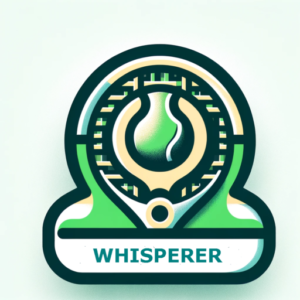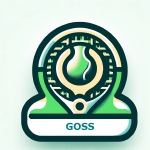Why Tennis and Pickleball Are Growing Together, Not Apart
Tennis vs. Pickleball
The rapid rise of pickleball, driven by its accessibility and ease of play, has led to frequent comparisons with tennis—a sport known for its rich traditions and demanding physicality.
With tennis legends like Andre Agassi and Steffi Graf embracing pickleball, the differences between these two racket sports—especially in terms of difficulty and appeal to different age groups—have become a hot topic.
Tennis: The “Mount Everest” of Racket Sports
Tennis is widely regarded as the most challenging racket sports due to its high physical, technical, and strategic demands. Agassi himself has referred to it as “Mount Everest,” requiring a combination of power, precision, movement, and mental toughness.
Key Factors That Make Tennis Difficult
- Footwork and Agility – Tennis players must develop explosive first steps, lateral movement, and quick transitions.
- Variety of Strokes – Success in tennis requires mastery of multiple strokes, including topspin, slice, volleys, and powerful serves.
- Physical Endurance – Matches can last for hours, requiring peak VO2 max and energy efficiency to maintain high performance.
- Strategic Complexity – Singles players rely on tactics like shot variation and exploiting weaknesses, while doubles players use formations like the I-Formation to gain an advantage.
Pickleball: The Accessible Alternative
In contrast, pickleball—especially in its doubles format—focuses more on control and reflexes than on physical strength and movement. This makes it easier to learn and more accessible, particularly for beginners or older players.
Key Characteristics of Pickleball
- Smaller Court, Less Running – Three or four pickleball courts can fit on a single tennis court, reducing the movement required.
- Slower Pace, Quick Reaction Time – Pickleball demands sharp reflexes but relies less on endurance and speed, making it ideal for seniors or those with physical limitations.
- Easier Skill Acquisition – Unlike tennis, which requires years of refining strokes, pickleball allows players to improve quickly, keeping them engaged.
- Lower Injury Risk – Tennis’ intense rotational movements can put stress on hips, knees, and shoulders, making long-term play challenging. Pickleball, however, is less punishing on the joints, as Agassi and Graf have pointed out.
Attractiveness to Players: Young vs. Old
Both sports offer unique appeals depending on the age and goals of the players.
For Younger Players
- Tennis – The prestige of professional tournaments and the challenge of high-level competition attract young athletes seeking excellence.
- Pickleball – Increasingly popular for its social and recreational aspects, though it lacks the grandeur of Grand Slam events.
For Older Players
- Tennis – While still an option, maintaining elite-level movement and footwork becomes increasingly difficult with age.
- Pickleball – Specifically designed to accommodate seniors and casual players, offering a competitive yet less physically demanding alternative.
Complementary, Not Competing
While some tensions exist over court space, tennis and pickleball are proving to be complementary rather than competing sports. Many tennis players transition to pickleball as they age, while some pickleball players use it as an introduction before moving into tennis.
Which Sport is Right for You?
✅ Tennis remains the ultimate test of skill, endurance, and mental toughness, perfect for those who thrive on challenge and competition.
✅ Pickleball is an accessible, social, and lower-impact alternative, ideal for those seeking longevity, fun, and community.
Regardless of which sport you choose, both offer great benefits and an enjoyable way to stay active—at any age!




